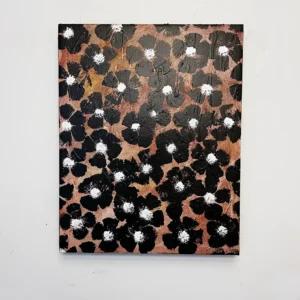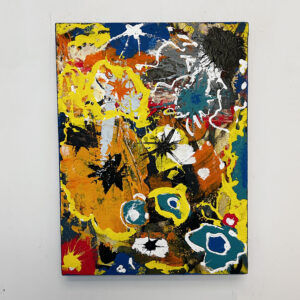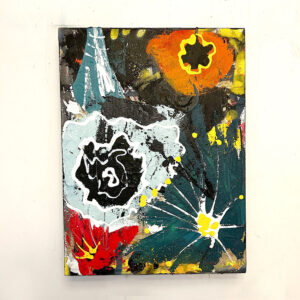In the shadow of Pittsburgh’s iconic steel structures and along its winding riverbanks, a dynamic and vibrant street art and graffiti scene has emerged, turning the city’s walls into a canvas for creativity and self-expression. From the alleys of Lawrenceville to the bridges that span the three rivers, Pittsburgh’s street art reflects the diverse voices of its community, showcasing a unique blend of styles, messages, and artistic techniques. Delves into the captivating world of Pittsburgh’s street art and graffiti, exploring the stories told by the city’s urban canvases.
- A City in Color: The Rise of Street Art: Pittsburgh’s street art scene has experienced a renaissance, transforming once overlooked spaces into outdoor galleries. Local artists, inspired by the city’s industrial past and contemporary spirit, have embraced the streets as a platform for self-expression. Murals, stencils, and wheatpaste creations add layers of color to the urban landscape, inviting passersby to engage with the city in new and unexpected ways.
- Neighborhood Narratives: Each neighborhood in Pittsburgh boasts its own unique street art narrative. In the trendy streets of the Strip District, visitors encounter a kaleidoscope of murals celebrating the city’s sports teams, cultural heritage, and the eclectic spirit of the community. In Bloomfield, the city’s Little Italy, street art takes on a more intimate and community-oriented form, reflecting the neighborhood’s history and identity.
- Graffiti as Urban Poetry: Beyond commissioned murals, graffiti tags and pieces contribute to the dynamic tapestry of Pittsburgh’s street art. Graffiti artists, such as the enigmatic SKEW, bring an element of urban poetry to the city’s walls. Their tags become signatures, marking territory and adding an edgier, raw aesthetic to the urban landscape. The interplay between sanctioned street art and unsanctioned graffiti creates a dialogue that reflects the evolving nature of public expression.
- The Role of Community Organizations: Community organizations and initiatives play a pivotal role in shaping Pittsburgh’s street art scene. Programs like the Pittsburgh Street Art Project collaborate with artists to create public murals that beautify neighborhoods, deter vandalism, and promote community engagement. By providing legal spaces for artists to create, these initiatives contribute to the positive evolution of Pittsburgh’s urban aesthetics.
- Street Art Festivals and Events: Pittsburgh hosts a variety of street art festivals and events that bring local and international artists together, further enriching the city’s creative landscape. Events like the Pittsburgh International Mural Festival and Open Walls PGH provide platforms for artists to showcase their talents, fostering a sense of community and cultural exchange.


